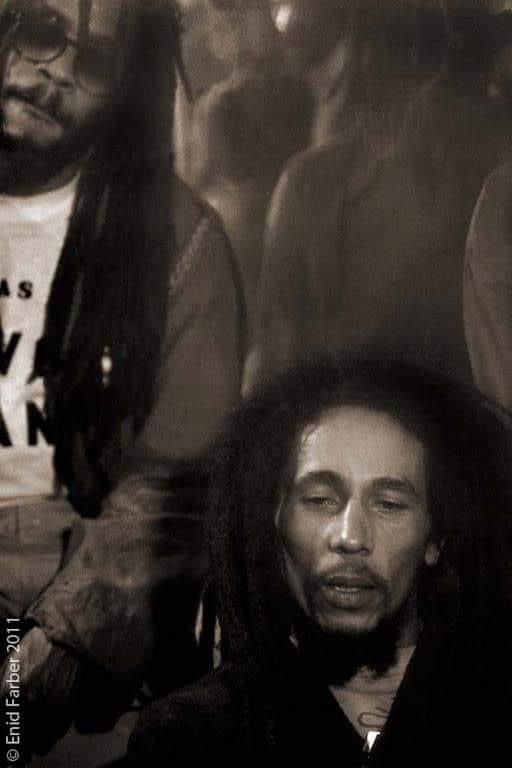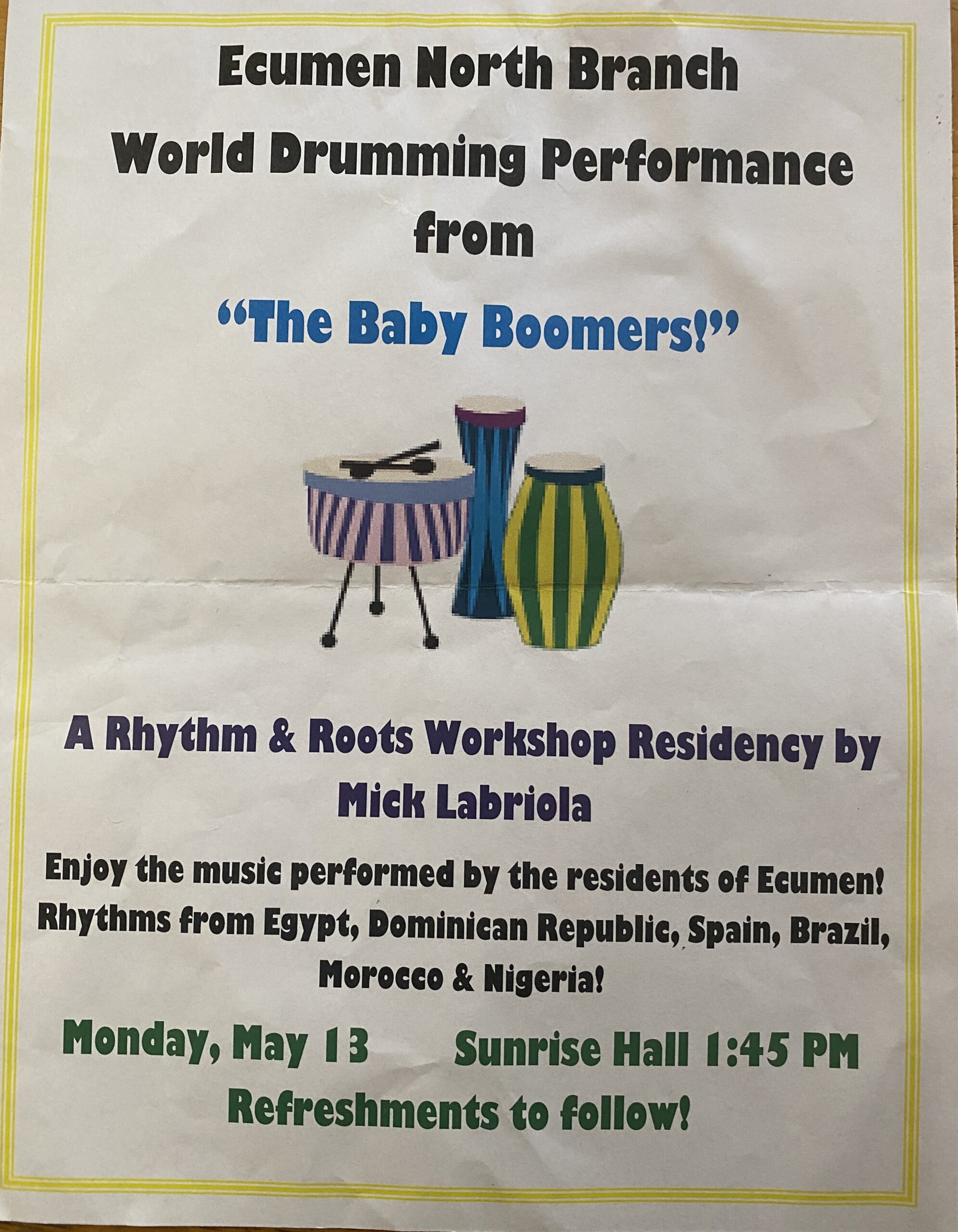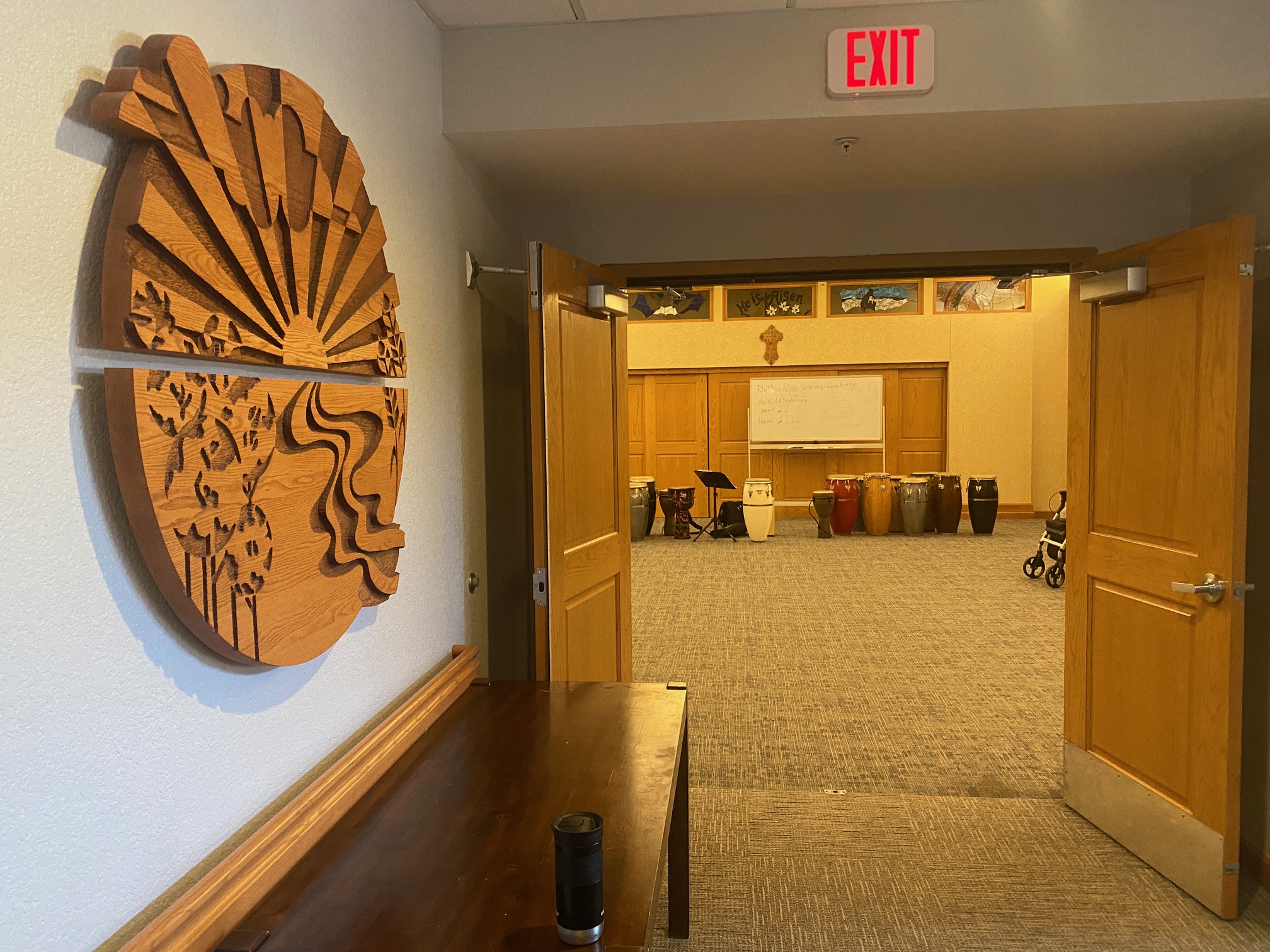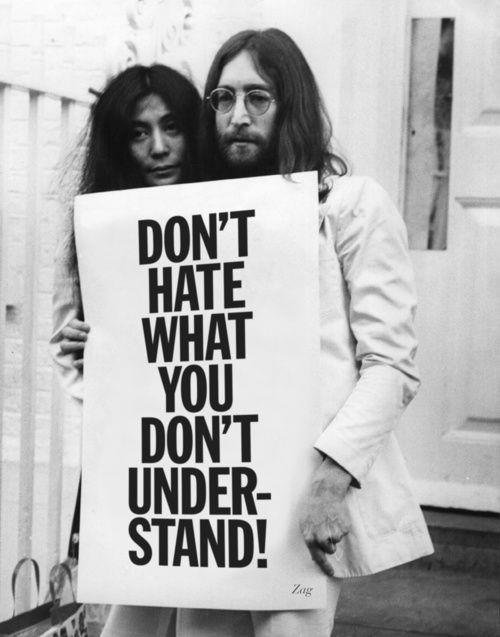Blog
Oscar Castro-Neves (May 15, 1940 – September 27, 2013), was a Brazilian guitarist, arranger, and composer who is considered a founding figure in bossa nova.
He was born in Rio de Janeiro as one of triplets and formed a band with his brothers in his youth. At 16 he had a national hit with Chora Tua Tristeza. In 1962 he was in a bossa nova concert at Carnegie Hall, and later he toured with Stan Getz and Sérgio Mendes. He went on to work with musicians from different genres, including Billy Eckstine, Yo Yo Ma, Michael Jackson, Barbra Streisand, Stevie Wonder, João Gilberto, Eliane Elias, Lee Ritenour, Airto Moreira, Toots Thielemans, John Klemmer, Carol Welsman, Stephen Bishop, and Diane Schuur. During the 1970s and early 1980s he was member of the Paul Winter Consort. With Mendes, Castro-Neves, was a key guitarist in the A&M release “Fool on the Hill” and continued with the classic “Stillness” which was to see the last Brasil ’66 grouping. Castro-Neves re-appeared with Sergio Mendes & Brasil 77 on the Vintage ’74 album.
He lived in Los Angeles, California where he worked as an orchestrator for several films including Blame it on Rio and Sister Act 2: Back in the Habit. He died of cancer in Los Angeles on September 27, 2013.
more...Ellis Larkins (May 15, 1923 – September 29, 2002) was an American jazz pianist born in Baltimore, Maryland, known for his two recordings with Ella Fitzgerald: the albums Ella Sings Gershwin (1950) and Songs in a Mellow Mood (1954). He was also the pianist on the first solo sides by singer Chris Connor on her album Chris (1954).
Larkins was the first African American to attend the Peabody Conservatory of Music, an institute in Baltimore. He began his professional playing career in New York City after moving there to attend the Juilliard School.[1] While still at Juilliard, Larkins performed jazz piano with guitarist Billy Moore at Café Society Uptown and over the next ten years in his own groups, or in support of, clarinetist Edmond Hall and singers Helen Humes and Mildred Bailey. He recorded with Coleman Hawkins, and Dicky Wells in the 1940s. In the 1950s, he recorded with Ella Fitzgerald, Ruby Braff, and Beverly Kenney. His 1960s work included recordings or performances with Eartha Kitt, Joe Williams, Georgia Gibbs and Harry Belafonte.
Though he was best known as an accompanist, Larkins recorded several solo albums in the 1950s. In the 1970s, he performed regularly at several New York venues, including Gregory’s, a small bar on the Upper East Side.
more...the brighter stars of open cluster NGC 2169 seem to form a cosmic 37. Did you expect 42? From our perspective, the improbable numerical asterism appears solely by chance. It lies at an estimated distance of 3,300 light-years toward the constellation Orion. As far as galactic or open star clusters go, NGC 2169 is a small one, spanning about 7 light-years. Formed at the same time from the same cloud of dust and gas, the stars of NGC 2169 are only about 11 million years old. Such clusters are expected to disperse over time as they encounter other stars, interstellar clouds, and experience gravitational tides while hitchhiking through the galaxy. Over four billion years ago, our own Sun was likely formed in a similar open cluster of stars.

more...
David Byrne (/bɜːrn/; born 14 May 1952) is a Scottish-American singer, songwriter, musician, record producer, actor, writer, music theorist, visual artist, and filmmaker. He was a founding member, principal songwriter, lead singer, and guitarist of the American new wave band Talking Heads.
Byrne has released solo recordings and worked with various media including film, photography, opera, fiction, and non-fiction. He has received an Academy Award, a Grammy Award, a Special Tony Award, and a Golden Globe Award, and he is an inductee to the Rock and Roll Hall of Fame as part of Talking Heads.
more...John Symon Asher Bruce (14 May 1943 – 25 October 2014) was a Scottish musician. He gained popularity as the primary lead vocalist and bassist of rock band Cream. After the group disbanded in 1968, he pursued a solo career and also played with several bands.
In the early 1960s Bruce joined the Graham Bond Organisation (GBO), where he met future Cream bandmate Ginger Baker. After leaving the band, he briefly joined John Mayall & the Bluesbreakers, where he met Eric Clapton. In 1966, after a short time with Manfred Mann, he formed Cream with lead guitarist Clapton and drummer Baker. He co-wrote many of their songs (including “Sunshine of Your Love“, “White Room” and “I Feel Free“) with poet/lyricist Pete Brown. After the group disbanded in the late 1960s, he began recording solo albums. Bruce put together a band of his own to perform material live and subsequently formed the blues rock band West, Bruce and Laing in 1972, with ex-Mountain guitarist Leslie West and drummer Corky Laing. His solo career spanned several decades. From the 1970s to the 1990s he played with several bands as a touring member. He reunited with Cream in 2005 for concerts at the Royal Albert Hall and at Madison Square Garden in New York.
Bruce is considered one of the most important and influential bassists of all time. Rolling Stone magazine readers ranked him number eight on their list of “10 Greatest Bassists of All Time”. He was inducted in the Rock and Roll Hall of Fame in 1993, and was awarded the Grammy Lifetime Achievement Award in 2006, both as a member of Cream.
more...Arthur James “Zutty” Singleton (May 14, 1898 – July 14, 1975) was an American jazz drummer.
Singleton was born in Bunkie, Louisiana, United States, and raised in New Orleans. According to his Jazz Profiles biography, his unusual nickname, acquired in infancy, is the Creole word for “cute”. He was working professionally with Steve Lewis by 1915. He served with the United States Navy in World War I. After returning to New Orleans he worked with Papa Celestin, Big Eye Louis Nelson, John Robichaux, and Fate Marable. He left for St. Louis, Missouri, to play in Charlie Creath’s band, then moved to Chicago.
In Chicago, Singleton played with Doc Cook, Dave Peyton, Jimmie Noone, and theater bands, then joined Louis Armstrong’s band with Earl Hines. In 1928 and 1929, he performed on landmark recordings with Louis Armstrong and his Hot Five. In 1929 he moved with Armstrong to New York City.
In addition to Armstrong in New York he played with Bubber Miley, Tommy Ladnier, Fats Waller, Jelly Roll Morton and Otto Hardwick. He also played in the band backing Bill Robinson. In 1934, Singleton returned to Chicago. He returned to New York in 1937, working with Mezz Mezzrow and Sidney Bechet.
In 1943, he moved to Los Angeles, where he led his own band, played for motion pictures, and appeared on the radio program The Orson Welles Almanac (1944). He also worked with Slim Gaillard, Wingy Manone, Eddie Condon, Nappy Lamare, Art Hodes, Oran “Hot Lips” Page, and Max Kaminsky.
more...5-11-24 I just visited with Devon Evans this afternoon at the Courage Kenny Rehabilitation Center in Golden Valley. He is doing very well and will be there for about 4 weeks. Here is Devon with the original ragamuffin! Bless Up and thank you everyone for your thoughts & prayers!



This Picture of the Week shows Gum 46, a stunning gas cloud 5500 light-years away, observed in brand new detail with ESO’s Very Large Telescope (VLT). But why does it glow pink?
At the heart of Gum 46 there’s a young, hot and blue star called HD311999. Its intense radiation excites atoms in the surrounding gas, which then re-emit this energy at very specific colours or wavelengths. The pink shade that dominates this image is due to hydrogen atoms, the most abundant element in this nebula and the Universe as a whole.
The dark wispy clouds that surround the nebula make for a stunning sight too. These clouds are not intrinsically dark: they are extremely dense regions of dust that block light passing through them, enshrouding the glowing heart of Gum 46.
This image was created as part of the ESO Cosmic Gems programme, an outreach initiative to produce images of interesting, intriguing or visually attractive objects using ESO telescopes, for the purposes of education and public outreach. The programme makes use of telescope time that cannot be used for science observations. All data collected may also be suitable for scientific purposes, and are made available to astronomers through ESO’s science archive.

Stevland Hardaway Morris (Judkins; born May 13, 1950), known professionally as Stevie Wonder, is an American singer-songwriter, musician, and record producer. He is credited as a pioneer and influence by musicians across a range of genres that include R&B, pop, soul, gospel, funk, and jazz. A virtual one-man band, Wonder’s use of synthesizers and other electronic musical instruments during the 1970s reshaped the conventions of contemporary R&B. He also helped drive such genres into the album era, crafting his LPs as cohesive and consistent, in addition to socially conscious statements with complex compositions. Blind since shortly after his birth, Wonder was a child prodigy who signed with Motown‘s Tamla label at the age of 11, where he was given the professional name Little Stevie Wonder.
Wonder’s single “Fingertips” was a No. 1 hit on the Billboard Hot 100 in 1963, at the age of 13, making him the youngest solo artist ever to top the chart. Wonder’s critical success was at its peak in the 1970s. His “classic period” began in 1972 with the releases of Music of My Mind and Talking Book, the latter featuring “Superstition“, which is one of the most distinctive and famous examples of the sound of the Hohner Clavinet keyboard. His works Innervisions (1973), Fulfillingness’ First Finale (1974) and Songs in the Key of Life (1976) all won the Grammy Award for Album of the Year, making him the only artist to have won the award with three consecutive album releases. Wonder began his “commercial period” in the 1980s; he achieved his biggest hits and highest level of fame, had increased album sales, charity participation, high-profile collaborations (including with Paul McCartney and Michael Jackson), political impact, and television appearances. Wonder has continued to remain active in music and political causes.
Wonder is one of the best-selling music artists of all time, with sales of over 100 million records worldwide. He has won 25 Grammy Awards (the most by a male solo artist) and one Academy Award (Best Original Song, for the 1984 film The Woman in Red). Wonder has been inducted into the Rhythm and Blues Music Hall of Fame, Rock and Roll Hall of Fame and Songwriters Hall of Fame. He is also noted for his work as an activist for political causes, including his 1980 campaign to make Martin Luther King Jr.‘s birthday a federal holiday in the U.S. In 2009, he was named a United Nations Messenger of Peace, and in 2014, he was honored with the Presidential Medal of Freedom.
Wonder was born Stevland Hardaway Judkins in Saginaw, Michigan, on May 13, 1950, the third of five children born to Lula Mae Hardaway, and the second of Hardaway’s two children with Calvin Judkins.
more...William McKinley “Red” Garland Jr. (May 13, 1923 – April 23, 1984) was an American modern jazzpianist. Known for his work as a bandleader and during the 1950s with Miles Davis, Garland helped popularize the block chord style of playing in jazz piano.
William “Red” Garland was born in 1923 in Dallas, Texas. He began his musical studies on the clarinet and alto saxophone, having studied with saxophonist Buster “Prof” Smith, who had been an early mentor of alto saxophonist Charlie Parker in Kansas City. He joined the United States Army in 1941 and was stationed in Fort Huachuca, Arizona. While there, Garland began to learn the piano with Army pianists John Lewis (not to be confused with John Lewis of the Modern Jazz Quartet) and Lee Barnes. At this time, he was also an amateur boxer, having fought Sugar Ray Robinson but losing the match. After being discharged from the military in 1944, Garland played locally around Texas until 1946 when he joined the trumpet player Hot Lips Page’s band, playing with him until a tour ended in New York in March 1946. Garland decided to stay in New York and soon found work there and also in Philadelphia. While in New York, Garland was recommended to singer Billy Eckstine, who hired him for several weeks.
more...Ian Ernest Gilmore Evans (né Green; May 13, 1912 – March 20, 1988) was a Canadian–American jazzpianist, arranger, composer and bandleader. He is widely recognized as one of the greatest orchestrators in jazz, playing an important role in the development of cool jazz, modal jazz, free jazz, and jazz fusion. He is best known for his acclaimed collaborations with Miles Davis.
more...Tanjore Balasaraswati, also known as Balasaraswati (13 May 1918 – 9 February 1984), was an Indian dancer, and her rendering of Bharatanatyam, a classical dance style originated in the South Indian state of Tamil Nadu, made this style of dancing well known in different parts of India and many parts of the world.
She was awarded the Padma Bhushan in 1957 and the Padma Vibhushan in 1977, the third and the second highest civilian honours given by the Government of India. In 1973, she was awarded the Sangeetha Kalanidhi by the Madras Music Academy. In 1981 she was awarded the Sangeetha Kalasikhamani award of The Indian Fine Arts Society, Chennai.
more...More Posts
- J J Cale Day
- Art Davis Day
- Little Richard Day
- Carl Donnell “Kansas” Fields Day
- World Music with Daymé Arocena
- Daily Roots with Sylvan White
- The Cosmos with the Milky Way Mediterranean
- Cassandra Wilson Day
- Chris Hillman Day
- Larry Davis Day
- Jim Hall Day
- World Music with A-WA
- Daily Roots with Michael Prophet
- The Cosmos with M27
- Ozzy Osbourne Day
- Joe ‘Brother Cornbread’ Thomas Day
- World Fusion with Kel Assouf
- Daily Roots with Cultural Roots
- The Cosmos with NGC 7293
- Tal Wilkenfeld Day
